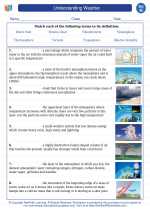Fossil Fuels
Fossil fuels are natural resources that are formed from the remains of ancient plants and animals. They are non-renewable sources of energy and include coal, oil, and natural gas. These fuels have been the primary source of energy for human civilizations for centuries.
Formation of Fossil Fuels
Fossil fuels are formed from the remains of plants and animals that lived millions of years ago. These organic materials are subjected to heat and pressure over a long period of time, leading to the formation of coal, oil, and natural gas.
Types of Fossil Fuels
- Coal: Formed from the remains of ancient plants that were buried and subjected to pressure and heat over millions of years.
- Oil: Formed from the remains of marine plants and animals that were buried and transformed into petroleum over millions of years.
- Natural Gas: Formed from the remains of tiny sea animals and plants that were buried and subjected to heat and pressure over millions of years.
Advantages of Fossil Fuels
- Reliable and widely available
- High energy density
- Infrastructure for extraction and distribution is well established
- Low cost compared to other energy sources
Disadvantages of Fossil Fuels
- Non-renewable and finite resource
- Release of greenhouse gases and other pollutants when burned
- Contribute to air and water pollution
- Environmental impact on land and ecosystems from extraction
Environmental Impact
The burning of fossil fuels releases large amounts of carbon dioxide and other greenhouse gases into the atmosphere, leading to global warming and climate change. Additionally, the extraction and processing of fossil fuels can lead to environmental degradation and habitat destruction.
Study Guide
- What are fossil fuels and how are they formed?
- List and describe the three main types of fossil fuels.
- Discuss the advantages and disadvantages of using fossil fuels as an energy source.
- Explain the environmental impact of burning fossil fuels.
- Compare and contrast the environmental impact of different types of fossil fuels.
By understanding the formation, types, advantages, disadvantages, and environmental impact of fossil fuels, you can gain a comprehensive understanding of this important topic in the field of energy and environmental science.
[Fossil Fuels] Related Worksheets and Study Guides:
.◂Science Worksheets and Study Guides Eighth Grade. Understanding Weather
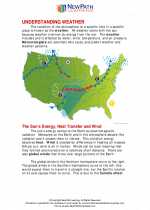
 Activity Lesson
Activity Lesson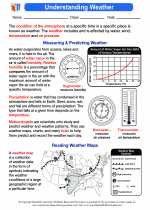
 Worksheet/Answer key
Worksheet/Answer key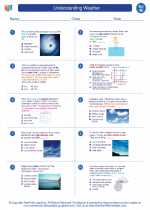
 Worksheet/Answer key
Worksheet/Answer key
 Worksheet/Answer key
Worksheet/Answer key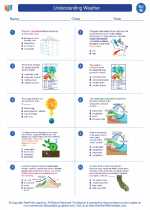
 Worksheet/Answer key
Worksheet/Answer key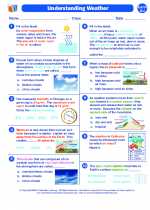
 Vocabulary/Answer key
Vocabulary/Answer key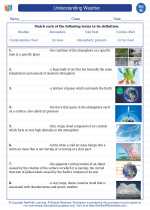
 Vocabulary/Answer key
Vocabulary/Answer key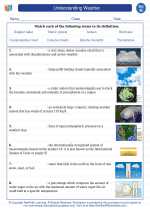
 Vocabulary/Answer key
Vocabulary/Answer key